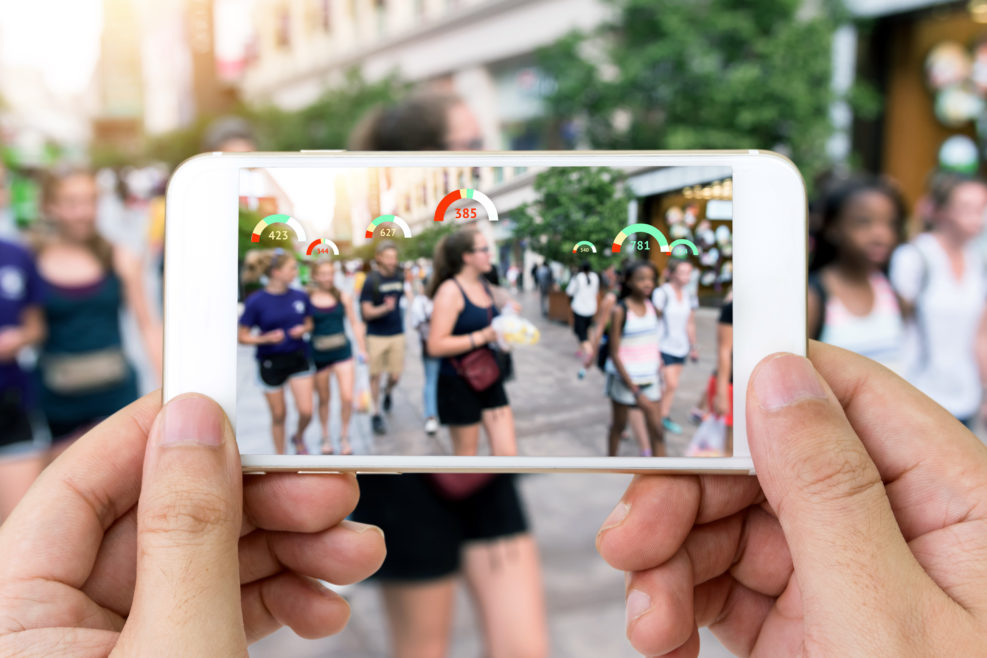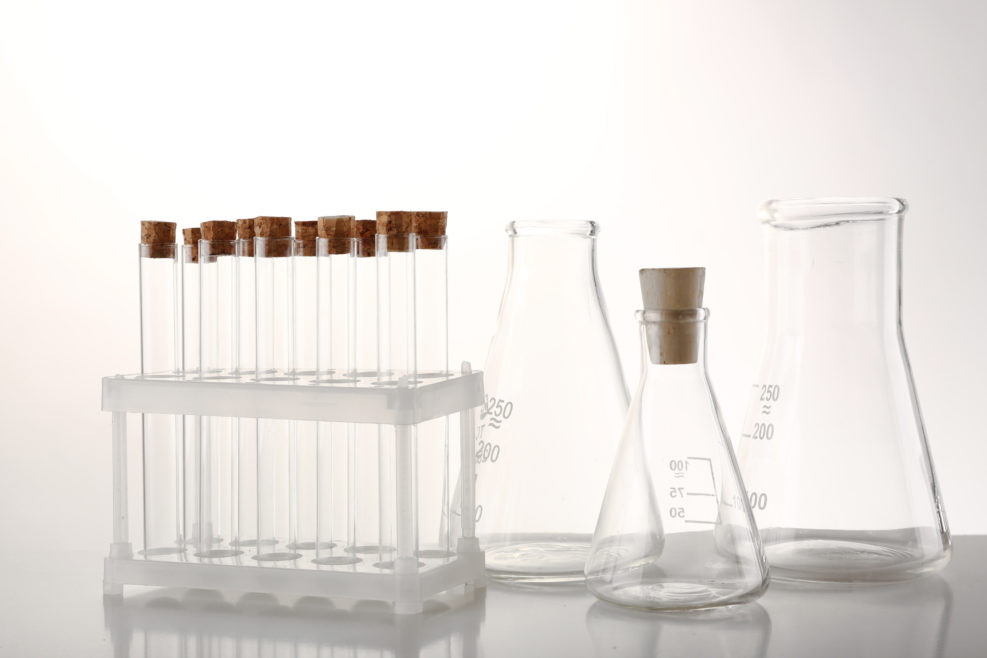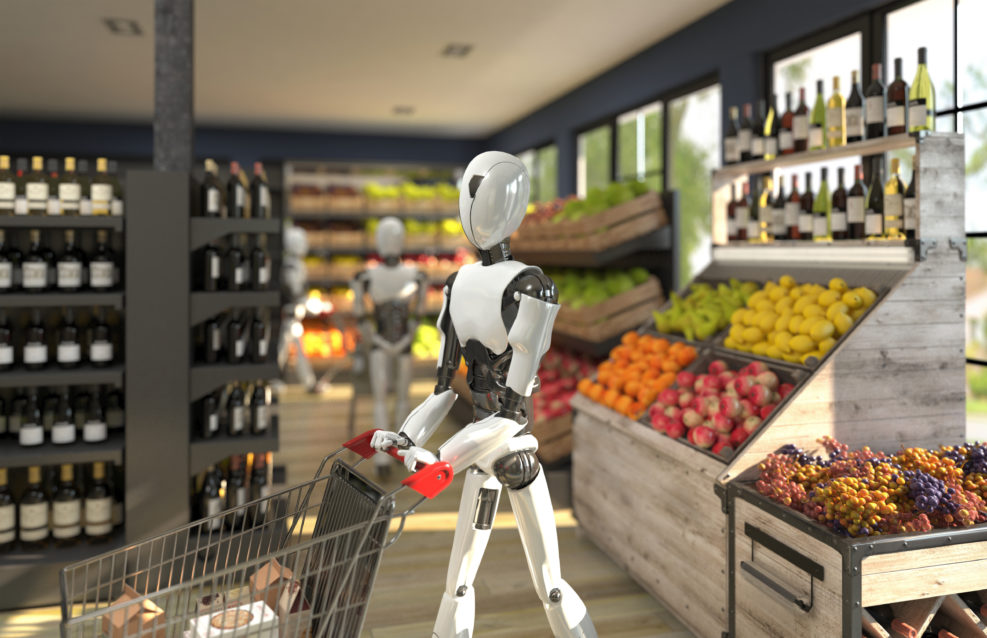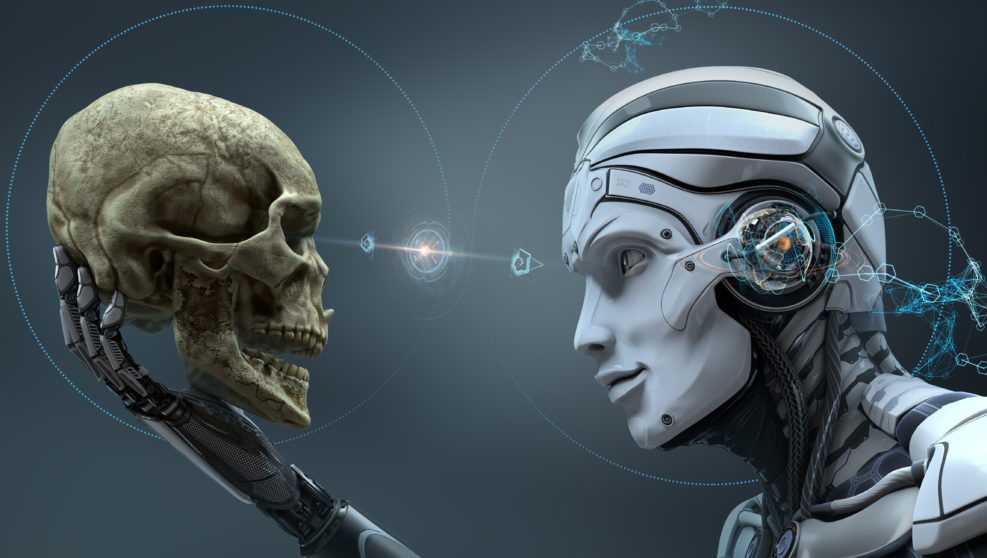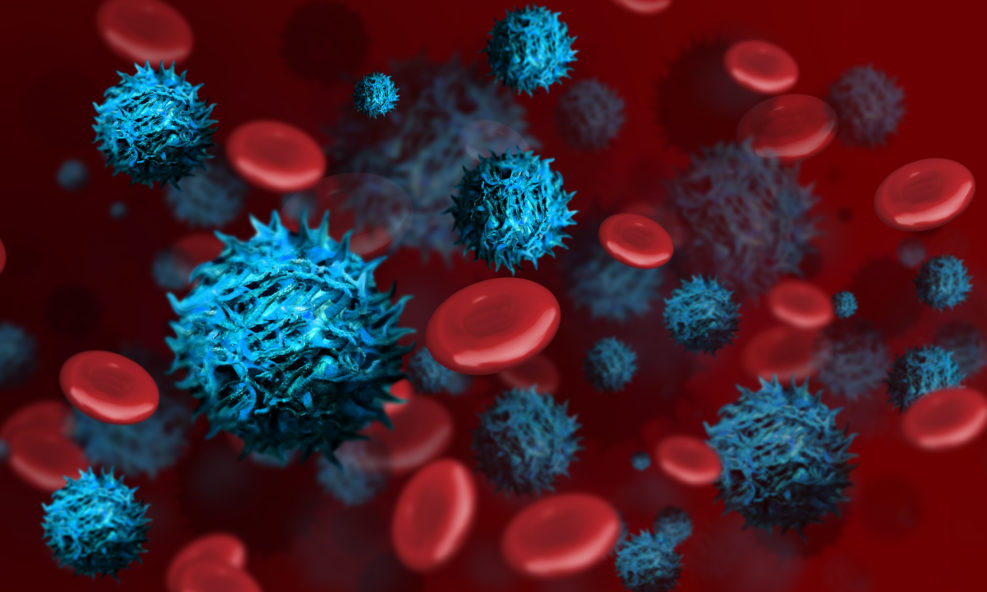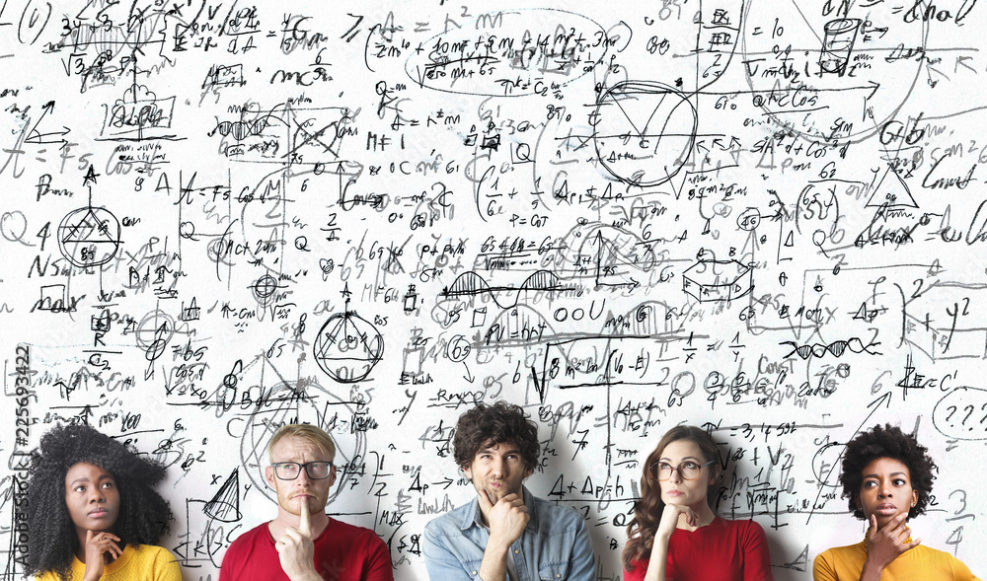
Government Control of What You Buy Grows More Popular
With governments, that is. You’d be surprised at how far along they are with digital currency and how detailed the control could beRecently, we looked at a new idea governments are looking at — programmable digital currency. It’s all digital, issued by government, constantly trackable, and can’t be spent on items not approved by government (or only with penalties). The Federal Reserve Board (the United States’ central bank) explains, bureaucratically, Potential benefits of the “digital cash” model using programmable UTXOs are the ability to specify spending constraints on any discrete amount of value and a greater facility to trace the provenance of any particular “virtual banknote.” Alexander Lee, “What is programmable money?” at FEDS Notes (June 23, 2021) In other words, the two benefits of these central bank digital currencies (CBDCs) are that the government can potentially control what the money is Read More ›



